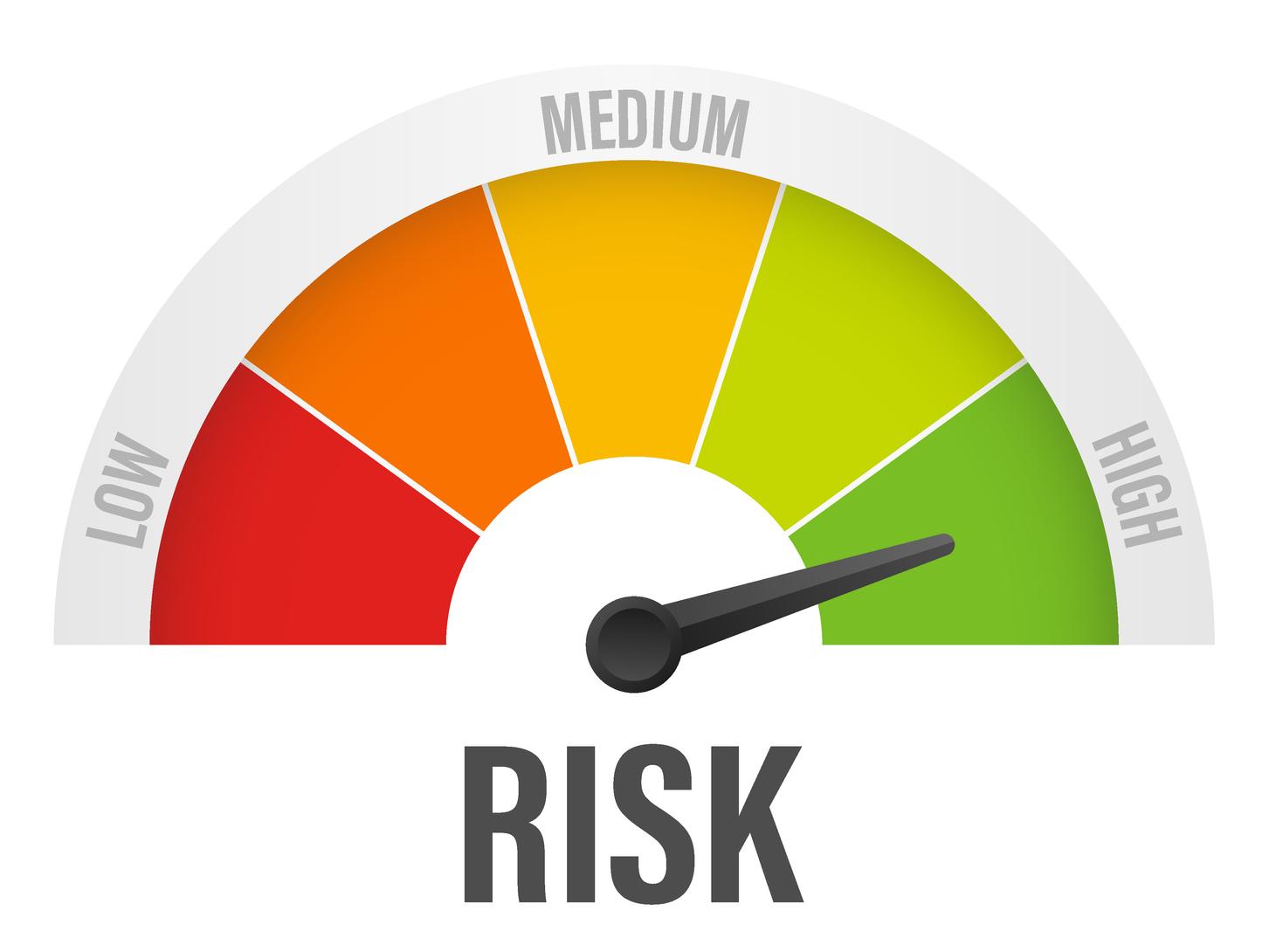
Brian Sims
Editor

Brian Sims
Editor
AN ALL-new register setting out the Government’s latest assessment of key risks posed to the UK has been published as part of ongoing cross-Government work designed to better prepare the public and the business community for the threats facing the nation.

Deputy Prime Minister Oliver Dowden has unveiled the 192-page National Risk Register, itself an assessment of the risks facing the UK. The National Risk Register outlines no fewer than 89 threats that would have a significant impact on the UK’s safety, security or critical systems at a national level.
This latest version of the National Risk Register is described as being “more transparent than ever before” and publicly shares previously classified information about a number of potential risks. These include:
*disruption to energy supplies following Russia’s full-scale invasion of Ukraine
*malicious uses of drones to disrupt transport and other critical operations
*threats posed to undersea transatlantic telecommunications cables used for the Internet and communications
The Government has “robust plans in place” for each of the different risks and is also urging businesses, local Government and voluntary groups to play their part in helping to plan for them. By publishing an online digital tool for the first time, the Government is making risk details more accessible and easier to navigate.
In fact, the National Risk Register’s publication is the latest example of the transparent “whole of society” approach being taken towards national resilience, which was set out in the recently published UK Government Resilience Framework and the National Cyber Strategy. It also follows the recent launch of the UK-wide Emergency Alerts system.
Most comprehensive to date
Deputy Prime Minister Oliver Dowden said: “This is the most comprehensive risk assessment we’ve ever published so that Government and our partners can put robust plans in place and be ready for anything.”
Dowden added: “One of those rising risks is energy security. We’ve installed the first turbine at the future world’s largest offshore windfarm, which will provide secure, low-cost and clean energy for the British people and enable us to stand up to Putin’s energy ransom.”
The publication of the new National Risk Register follows on from the Government outlining plans to tackle various risks outlined within it. In June, the Government published the Biological Security Strategy to strengthen the UK’s defences against biological threats such as infectious diseases. Governmnt has also issued the Resilience Framework, which strengthens the co-ordinating structures employed by the UK to prepare for emergencies.
Matt Collins, deputy national security advisor, commented: “A comprehensive understanding of the risks we face is critical for keeping the UK safe. This edition of the National Risk Register, which is based on the Government’s internal and classified risk assessment, offers even more detail on the potential scenarios, response and recovery options relating to the risks facing the UK. These range from terrorism through to conflicts and natural disasters.”
As an organisation, Resilience First comprises upwards of 600 major businesses operating in the UK across multiple sectors, providing the ways and means to drive resilience at scale. Chair and Board director Rick Cudworth explained: “We welcome the new National Risk Register. It’s a vital resource for improving the UK’s resilience and it really delivers on providing greater transparency as well as a developed and shared understanding of the risks we all face. Providing invaluable information, this document gives us the power to invest, prepare and respond more effectively. With more detail than previously, and specific scenarios, assumptions and response capabilities set out, we encourage organisations and resilience professionals alike to use it to stress-test and strengthen their own resilience.”
Increasingly volatile environment
James Ginns, head of risk management policy at independent Think Tank The Centre for Long-Term Resilience, observed: “We welcome the publication of a more transparent National Risk Register, which recognises the increasingly volatile risk environment we face, the imperative to increase our preparedness and the pandemic risk posed by novel pathogens.”
Ginns added: “It’s encouraging that the Government is committed to further assessing and mitigating vulnerabilities to acute risks. We look forward to supporting its work in identifying and assessing chronic risks and related vulnerabilities, especially so in the fields of Artificial Intelligence and biosecurity, in order to reinforce the nation’s resilience.”
Dorset House
64 High Street
East Grinstead
RH19 3DE
UNITED KINGDOM
01342 31 4300